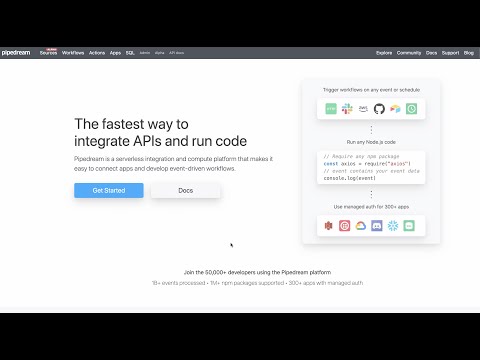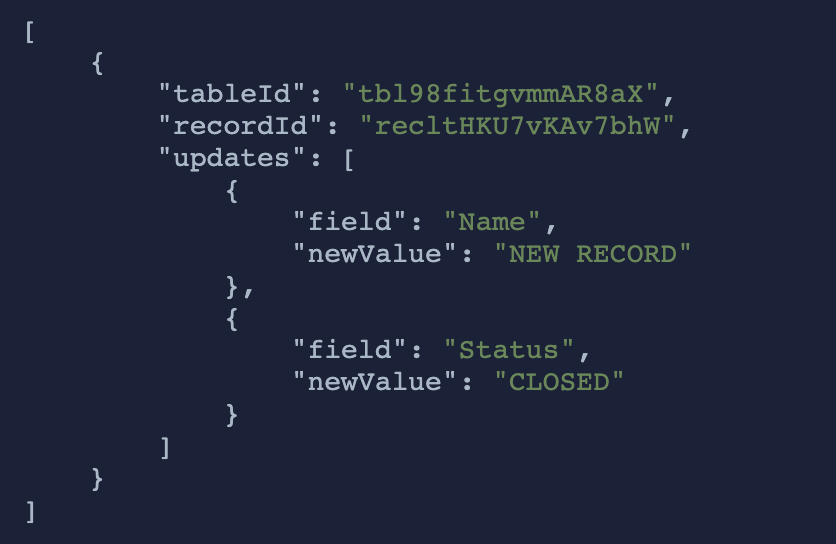What do you want to automate
with Jobnimbus and Slack?
Prompt, edit and deploy AI agents that connect to Jobnimbus, Slack and 2,800+ other apps in seconds.
Trusted by 1,000,000+ developers from startups to Fortune 500 companies
Popular Ways to Connect Jobnimbus with Slack#
Popular Jobnimbus and Slack Triggers#
Emit new event when a new message is posted to one or more channels
Emit new events when a new activity created. See the docs
Emit new events when a new contact is created. See the docs
Emit new events when a contact is deleted. See the docs
Emit new events when a contact is updated. See the docs
Popular Jobnimbus and Slack Actions#
Send a message to a public or private channel. See the documentation
Send a message to a user, group, private channel or public channel. See the documentation
Overview of Jobnimbus#
The Jobnimbus API allows for the creation of complex workflows revolving around job and customer management within the construction and contracting industries. With this API, users can automate tasks such as updating job statuses, managing contacts, and creating tasks or appointments. This streamlines the process of moving a job from lead to completion, ensuring communication and record-keeping are seamless.
Connect Jobnimbus#
import { axios } from "@pipedream/platform"
export default defineComponent({
props: {
jobnimbus: {
type: "app",
app: "jobnimbus",
}
},
async run({steps, $}) {
return await axios($, {
url: `https://app.jobnimbus.com/api1/contacts`,
headers: {
Authorization: `Bearer ${this.jobnimbus.$auth.api_key}`,
"Content-Type": `application/json`,
},
})
},
})
Overview of Slack#
The Pipedream app for Slack enables you to build event-driven workflows that interact with the Slack API. Once you authorize the app's access to your workspace, you can use Pipedream workflows to perform common Slack actions or write your own code against the Slack API.
The Pipedream app for Slack is not a typical app. You don't interact with it directly as a bot, and it doesn't add custom functionality to your workspace out of the box. It makes it easier to automate anything you'd typically use the Slack API for, using Pipedream workflows.
- Automate posting updates to your team channels
- Create a bot to answer common questions
- Integrate with your existing tools and services
- And much more!
Connect Slack#
import { axios } from "@pipedream/platform"
export default defineComponent({
props: {
slack: {
type: "app",
app: "slack",
}
},
async run({steps, $}) {
return await axios($, {
url: `https://slack.com/api/users.profile.get`,
headers: {
Authorization: `Bearer ${this.slack.$auth.oauth_access_token}`,
},
})
},
})
Related Videos#


Community Posts#
